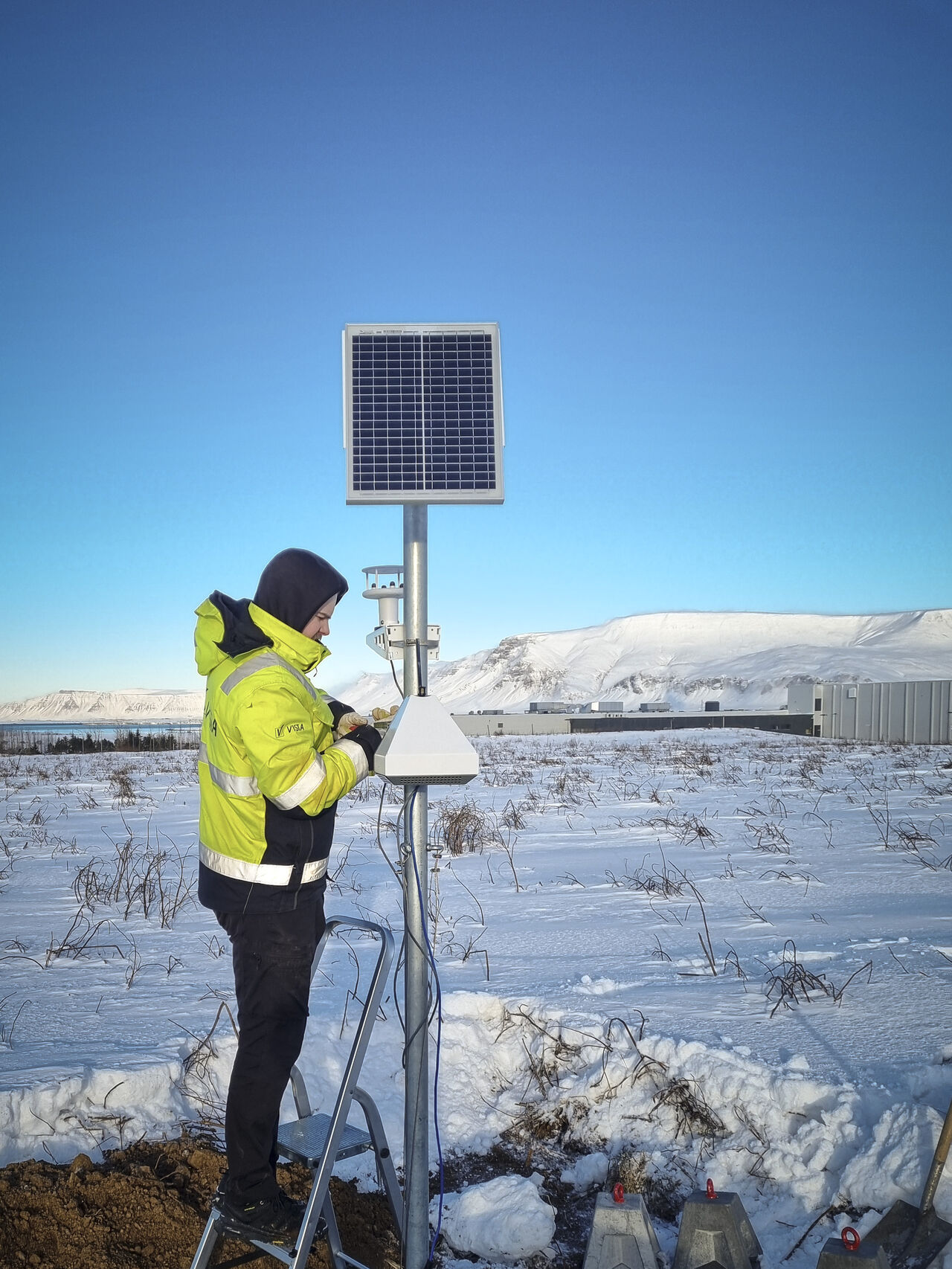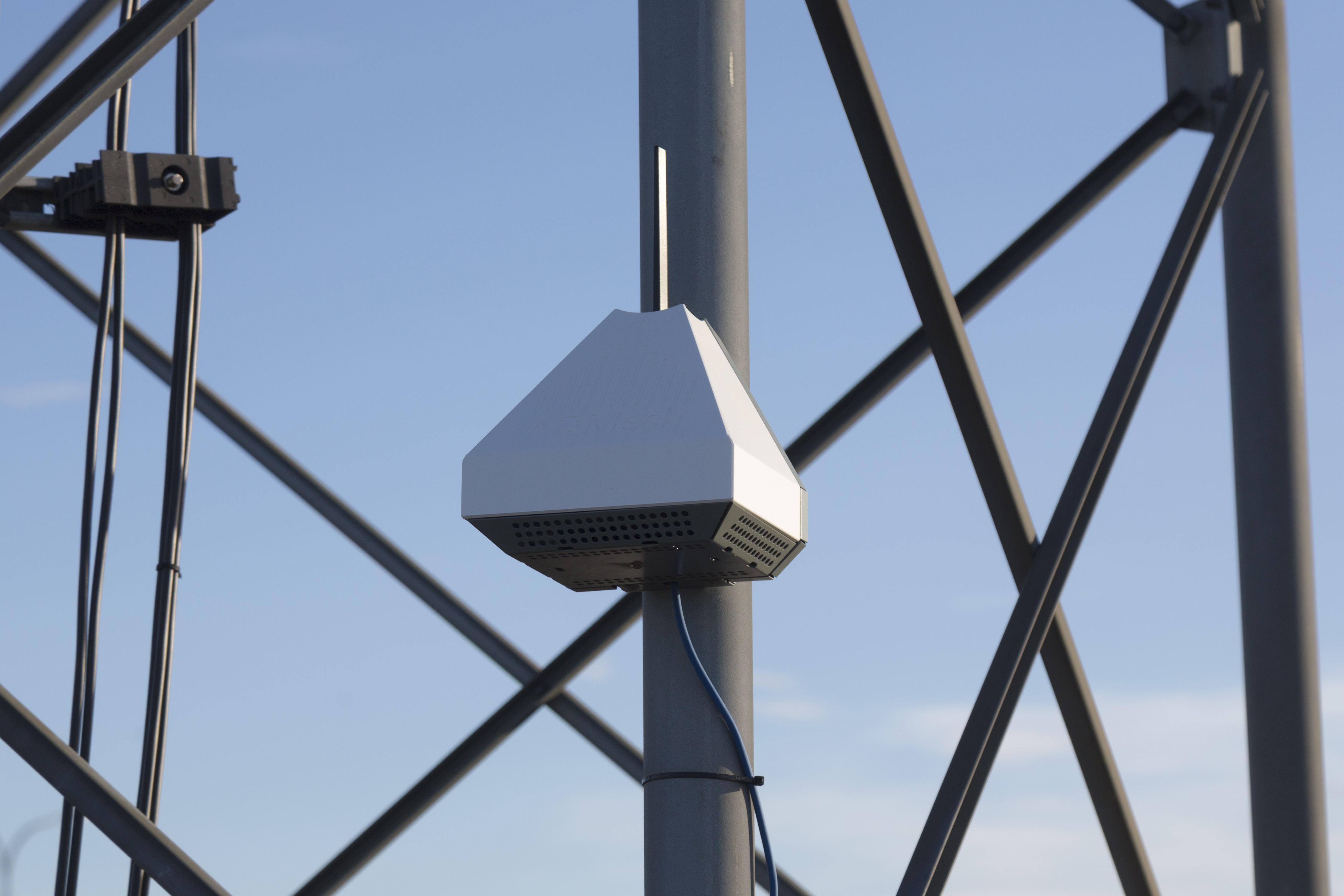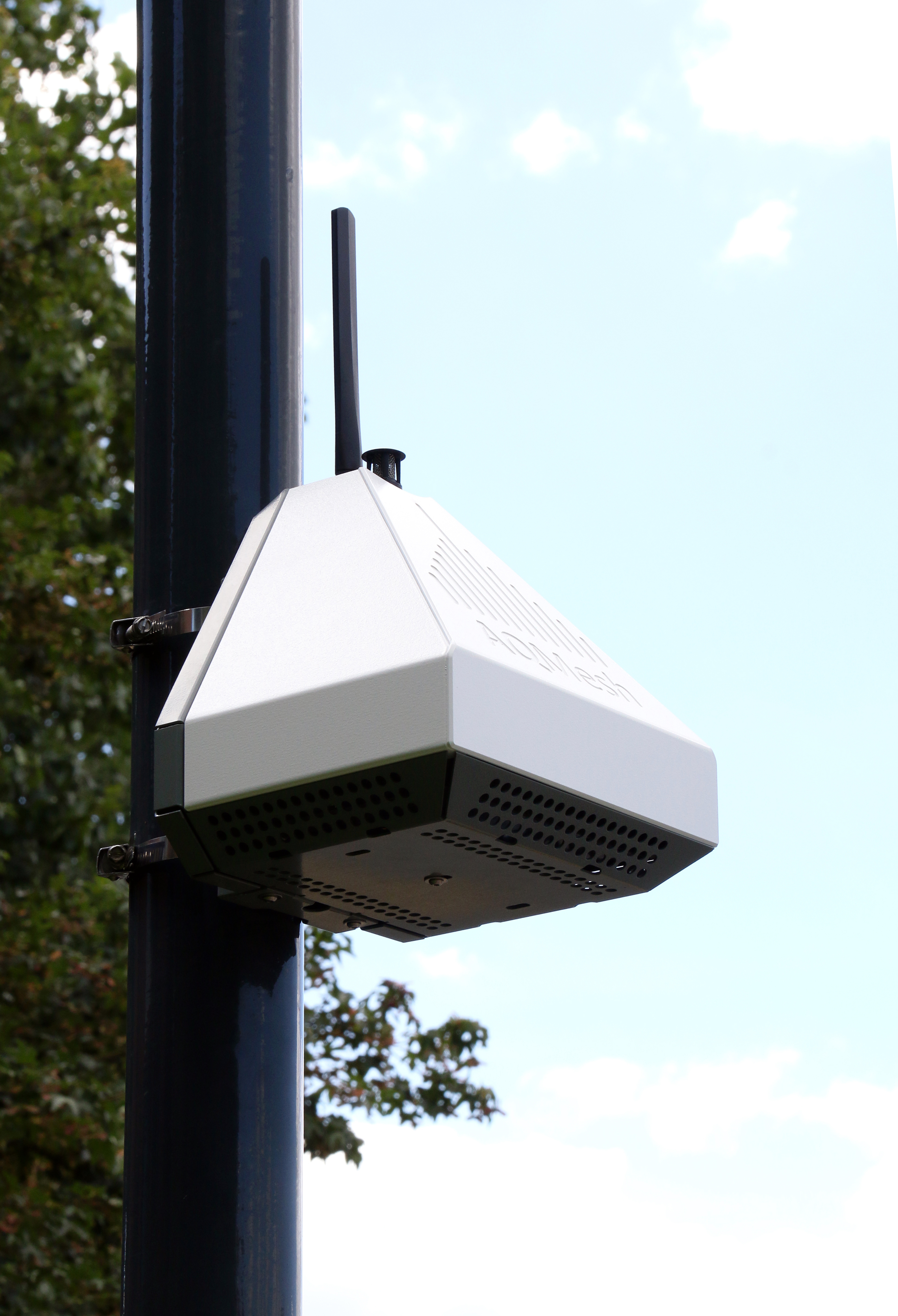A new generation of air quality monitors is now being offered to provide localised, real-time air quality readings – but the potential benefit is only just starting to be realised.
It is generally accepted that whilst measurements from air quality reference stations are highly accurate, they are not sufficiently location-specific. Key pollutants – such as NO2 and PM2.5 – vary dramatically over short distances and time intervals, but the large size, maintenance requirements and relatively high cost of reference equipment limits the places it can be installed. Diffusion tubes can offer a very cheap alternative and are much easier to install in specific locations, however they only offer a single reading over a number of weeks, and air quality professionals therefore rely on modelling techniques to fill the gaps. With research continuing to prove the extent to which air pollution varies significantly over space and time, the answer would be a reliable and accurate tool for taking real-time, localised measurements.
A number of new low-cost air quality monitoring systems are available, each with benefits and shortcomings. It is fair to say that the available sensors, whether electrochemical, optical or metal oxide, are all working at or close to their limit of detection to provide the low ppb or µg/m3 level of sensitivity required for any of the common ambient air quality applications. However, several systems offered for these applications provide readings in ppm or even % level readings – which clearly makes them inappropriate for ambient air monitoring. Some are also not fit for long-term outdoor use, as they are not fully weather proof or cannot cope with the expected temperature ranges. However, at least one system – AQMesh – does operate across a wide range of conditions and territories, so having established that a viable product exists, can it deliver the accuracy required?
Performance is clearly a major consideration for any user and comparing readings from a lower cost system against a reference station is the obvious place to start. One immediate challenge is ensuring meaningful results. Particularly in roadside applications or where there is an immediate source of pollution, all sensors and intakes must be within a metre of each other and at an equal distance from the immediate source. Most sensors, not unreasonably, also require an uninterrupted air flow around them – mounting immediately above hot or wet surfaces will not give accurate readings. On the other hand, some limitations of reference equipment come to the fore when comparing with a different type of measurement. For example, single channel NOx analysers switch between measuring NO and NOx, calculating NO2 as the difference. This switching can have dramatic effects on readings for the two gases (which are measured separately and directly by other sensors) at short reading intervals, such as 1 minute. Similarly, any differences in clock synchronisation or reading averaging protocol (time beginning or time ending) can make the difference between a regression comparison R2 of 0.9 and 0.1, which can render comparisons meaningless.
Comparisons of particulate measurements are also problematic due to the range of reference-equivalent methods available and the limitations, in many ways, of the reference method itself. Since the expanded uncertainty of the reference equivalent measurements for PM10 and PM2.5 allows up to 25%, this should be borne in mind when making comparisons with lower cost particulate sensors. Overall, for both gases and particulate matter, if several identical low cost systems are co-located, the user should expect a high level of repeatability (R2 > 0.9) and should expect to be able to adjust accuracy by ‘calibrating’ – adjusting slope and offset – against a co-located reference/equivalent station. Some systems, such as AQMesh, then allow this scaling adjustment to be applied automatically to all future readings, minimising the need for manual data correction. Access to a calibrated reference station and careful co-location is currently key to getting value out of any of the current generation of emerging sensor systems, although the objective of good accuracy without the need for a reference station is being actively pursued.
Calibration through co-location
First questions about these systems often include ‘How do I run gas through it to calibrate it?’ and ‘Can I calibrate (or test) it in the laboratory?’ In systems such as AQMesh the air sample is not pumped, for good power-saving reasons (low power is essential for battery operation), and so it is not obvious how a conventional gas calibration would work. More importantly, although the sensors generally do give very good results in laboratory tests with known dry, single gases, these bear no relation to real ambient field measurements with a combination of damp, humid gases at potentially varying temperature and pressure. Overall, there is no proven substitute for co-location with a reference station. Even with all of these considerations, some of these small, lower cost air quality systems, such as AQMesh, can deliver very impressive comparison results and provide a new source of air quality data. Those with in-built power and communications offer genuine freedom to gather measurements from any location and research teams worldwide are using such systems to understand pollution around cities, inside and outside buildings, at different heights, in street canyons, around industrial facilities and within neighbourhoods, at different times of day, and so on. This new granularity of measurement and flexibility of location gives air quality management teams a real tool to carry out ‘before and after’ studies and evaluate a range of policy or pollution mitigation activities. Where a number of sensor systems are used, and particularly in combination with wind speed and direction information, the relative measurements and source distribution can provide very powerful insights about where to target pollution mitigation activity.
One such low cost outdoor air quality monitoring system offering this type of flexibility is AQMesh, which has proven its repeatability, accuracy and performance through a series of these careful co-location comparisons with calibrated reference stations in a variety of global locations and applications. The small size, battery power and wireless communications technology mean users can benefit from reliable and accurate real-time, localised air quality measurements in a broad range of studies.
How accurate is ‘accurate’?
One area of discussion is what level of accuracy is ‘good enough’. Although this depends on the application, it is still tempting to look for a very high level of agreement between the low cost sensor system and reference equipment. Whilst this may be the goal, the lower cost systems are considerably cheaper and have the benefit of being correctly located so perhaps it is better to have slightly less accurate readings from the right location than highly accurate readings from the wrong location? For some applications it is really only the relative readings which are required, and systems like AQMesh provide very high levels of precision between identical systems. Or it may only be appropriate to provide a ‘traffic light’ indication for communicating air quality to the public. Until more general guidance is available, users will have to take a view on accuracy relevant to their application.
Publishing air quality data
Another area of confusion is regarding data privacy vs online publication of air quality data. Most of the new air quality systems take advantage of remote data management and online access. This makes sense for a number of reasons. Hard-wired communications infrastructure is a barrier to freedom of location and new systems generally communicate either using the mobile network, radio or wi-fi. Online access to data is also very convenient and less resource hungry. Few of us who readily use mobile phones, online banking and many of the commonplace applications of modern life fully understand security of communications and the reality of data hosting. The bottom line is that air quality data from sensor systems using wireless communications can be as secure as any other online application. Confusion is caused by the systems which are focused on citizen engagement and offer automated sharing and publication of data, but these are the exception and in most cases, such as AQMesh, data is private and secure.
The new generation
Current low cost air quality sensor systems are a very mixed bag. Some products may well appear to offer the same measurements and even claimed accuracy as the more thoroughly developed and tested systems and the user has little choice but to ask searching questions and ask for demonstration of performance and reference projects before purchasing. But the need for such systems is clear and performance is already good enough for many leading institutions and organisations to be actively using the technology. Sensor and sensor system manufacturers are seizing on every new shared comparison dataset and development in technology to make further improvements. The insights that these sensor systems can offer are real and relevant and there is no substitute for trying the technology in any given application to see what it can offer. Many users have found that one insight can lead to another and, working with a clear understanding of the strengths and weaknesses of the systems, the benefits of making a start with this new tool are overwhelming.
-----
Read more AQMesh articles and case studies.




